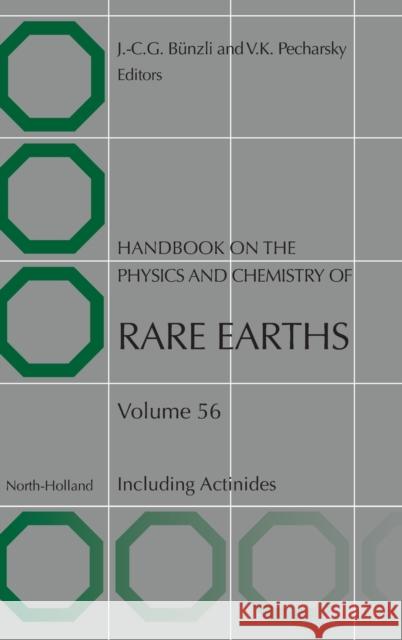Handbook on the Physics and Chemistry of Rare Earths: Including Actinides Volume 56 » książka
topmenu
Handbook on the Physics and Chemistry of Rare Earths: Including Actinides Volume 56
ISBN-13: 9780444642998 / Angielski / Twarda / 2019 / 216 str.
Handbook on the Physics and Chemistry of Rare Earths: Including Actinides Volume 56
ISBN-13: 9780444642998 / Angielski / Twarda / 2019 / 216 str.
cena 1268,22
(netto: 1207,83 VAT: 5%)
Najniższa cena z 30 dni: 1255,25
(netto: 1207,83 VAT: 5%)
Najniższa cena z 30 dni: 1255,25
Termin realizacji zamówienia:
ok. 30 dni roboczych.
ok. 30 dni roboczych.
Darmowa dostawa!
Kategorie:
Kategorie BISAC:
Wydawca:
North-Holland
Seria wydawnicza:
Język:
Angielski
ISBN-13:
9780444642998
Rok wydania:
2019
Numer serii:
001080637
Ilość stron:
216
Waga:
0.45 kg
Wymiary:
22.86 x 15.24 x 1.42
Oprawa:
Twarda
Wolumenów:
01











